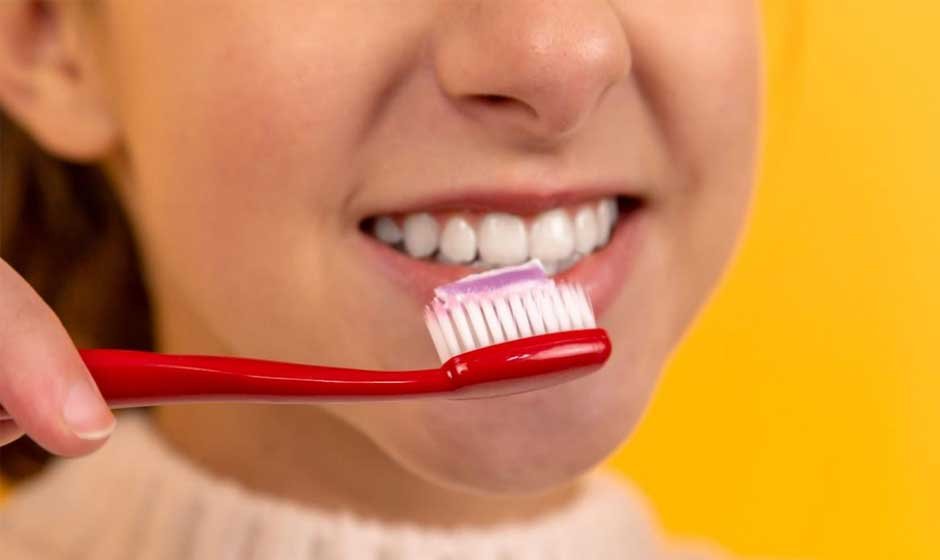Toothpaste plays a key role in your oral health routine, yet it’s often chosen based on flavor, brand, or simple habit rather than its actual benefits. With countless options lining store shelves, each claiming to whiten, protect, freshen, or strengthen, it can be overwhelming to decide which formula truly suits your personal needs. Whether you’re dealing with sensitive teeth, trying to avoid harsh chemicals, or just want the best defense against cavities, finding the right toothpaste can have a significant impact on your long-term dental wellness. This guide will walk you through crucial considerations to help you select the ideal toothpaste for your specific concerns.
Understanding Ingredients
Before diving into specialized formulas, it’s important to understand what makes up most toothpastes. Standard ingredients typically include abrasives for plaque removal, fluoride to strengthen enamel and prevent cavities, humectants to maintain moisture, and flavoring agents for a fresh taste.
Not all ingredients serve every user equally. Some toothpastes contain harsh foaming agents like sodium lauryl sulfate (SLS), which can irritate sensitive mouths. Others may include artificial dyes or sweeteners that don’t appeal to those looking for more natural alternatives. Reading the ingredient list is your first step toward matching the product with your goals.
Choosing Based on Specific Oral Health Goals
Everyone’s mouth is different. Some people need extra whitening power, while others are better off avoiding aggressive formulas. Knowing your dental priorities is crucial when browsing options:
- For cavity prevention: Fluoride-based toothpastes are still considered the gold standard for strengthening enamel and preventing decay. They are important for children and adults with a high-sugar diet or history of dental caries.
- For sensitivity: Desensitizing toothpastes use ingredients like potassium nitrate or stannous fluoride to block pain signals from reaching the nerves. These are ideal for people who experience discomfort when consuming hot, cold, or sweet foods.
- For whitening: Whitening toothpastes often contain mild abrasives or peroxide-based compounds to lift surface stains. While they can be effective, they should be used with caution if you have enamel erosion or gum issues.
- For gum health: If you’re battling gingivitis or early-stage gum disease, look for options with antimicrobial agents like triclosan or stannous fluoride, or herbal-based alternatives with tea tree oil or aloe vera.
Exploring Alternative Remineralization Agents
While fluoride is widely recommended, it’s not the only mineral that can help fortify teeth. In fact, some people seek alternatives due to allergies, sensitivities, or lifestyle preferences. One increasingly popular option is hydroxyapatite, a naturally occurring mineral that mimics the structure of human enamel. Research supports the hydroxyapatite dental benefits as being comparable to fluoride in terms of remineralization and cavity prevention. In the middle of growing interest in non-toxic, biocompatible dental care, hydroxyapatite offers an excellent alternative for those who want protection without potential fluoride-related concerns.
It’s particularly useful for children who may accidentally swallow toothpaste, as hydroxyapatite is non-toxic. It’s a great match for people with sensitive teeth, as it helps strengthen enamel and reduces nerve sensitivity by filling in microscopic holes in the surface of the teeth.
Considering Lifestyle and Values
Beyond clinical needs, your toothpaste should align with your broader lifestyle. If you follow a vegan or cruelty-free routine, look for certifications on the packaging. Many natural brands now offer fluoride-free or SLS-free options without sacrificing effectiveness.
Sustainability-conscious consumers might prefer toothpastes that come in recyclable tubes or even solid, tablet-style versions that minimize waste. These products often come in compostable or refillable packaging, reducing your environmental footprint.
Age-Appropriate Formulas
Children, adults, and seniors all have different oral health needs. Kids under six, for instance, require low-fluoride or fluoride-free options in case they accidentally swallow their toothpaste. Look for fun flavors and mild formulas that encourage them to brush without causing discomfort.
Adults, on the other hand, might need whitening support, tartar control, or help with sensitivity. Seniors often face challenges like dry mouth, receding gums, and weakened enamel. Specialized toothpaste for this age group may include extra moisturizers and gentler ingredients to combat discomfort and bacterial buildup.
According to this proficient endodontist in Altanta GA, choosing the right age-specific formula not only improves comfort but also enhances the effectiveness of your oral care routine. Tailoring toothpaste to each life stage supports long-term dental health by addressing current concerns while preventing future issues—making it a simple yet powerful part of personalised oral hygiene.
Consulting with Dental Professionals
While over-the-counter products offer many helpful solutions, it’s always wise to consult with your dentist or dental hygienist before committing to a new toothpaste if you have specific concerns like chronic sensitivity, gum disease, or enamel erosion.
Your dentist can help you understand whether prescription-strength toothpaste might be beneficial or whether your symptoms are better addressed through in-office treatments combined with home care.
Keeping Track of Results and Adjusting as Needed
Once you’ve selected a toothpaste based on your needs and values, give it time to work. Some formulas, particularly those for sensitivity or remineralization, take several weeks to show noticeable improvement. If your symptoms worsen or new issues arise, it may be time to reevaluate.
Keep an eye on how your mouth feels throughout the day. Do you notice improved comfort when eating cold foods? Is your breath fresher longer? Are your gums less inflamed? These are small but telling signs that your toothpaste is doing its job.

Toothpaste is more than a minty fresh finish to your morning routine, it’s a daily opportunity to care for your health in a meaningful way. With so many specialized options available, it pays to be thoughtful and informed when choosing a product that matches your needs.
Whether you’re intrigued by hydroxyapatite benefits or seeking eco-friendly, fluoride-free alternatives, the right toothpaste can help protect your smile, ease discomfort, and even reflect your personal values. By understanding what to look for and why it matters, you can make empowered choices that support your oral health for years to come.










